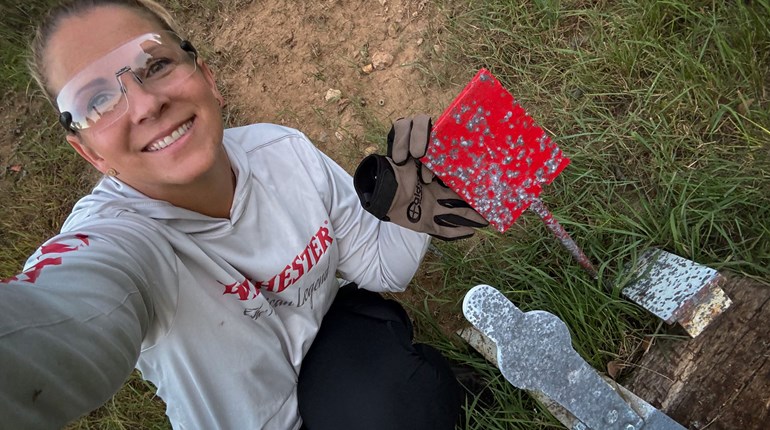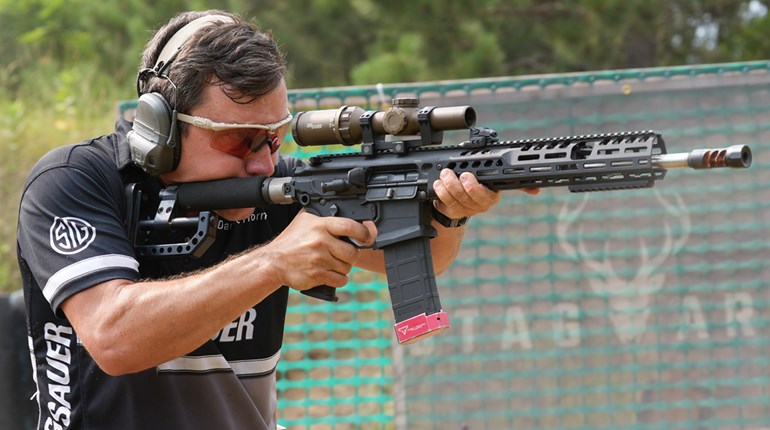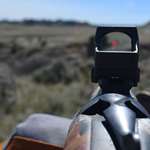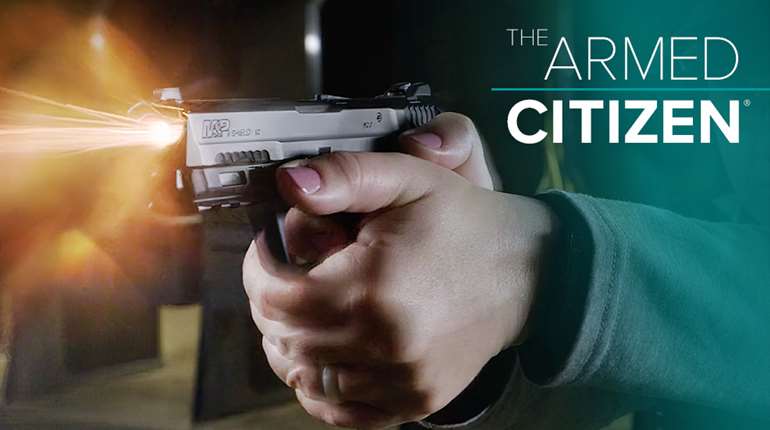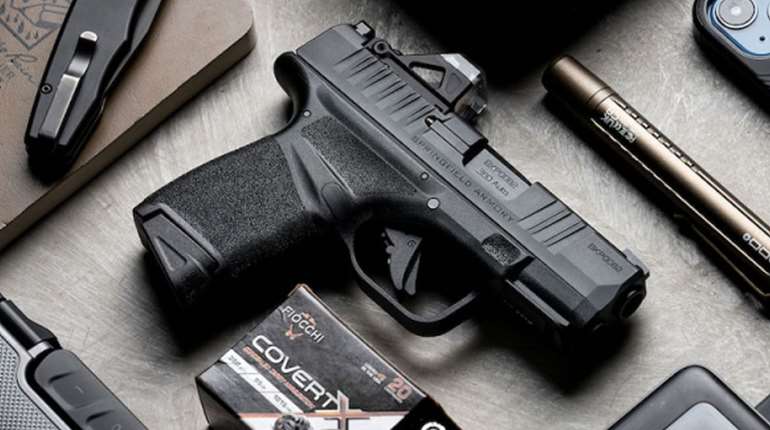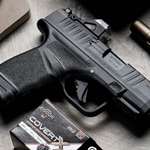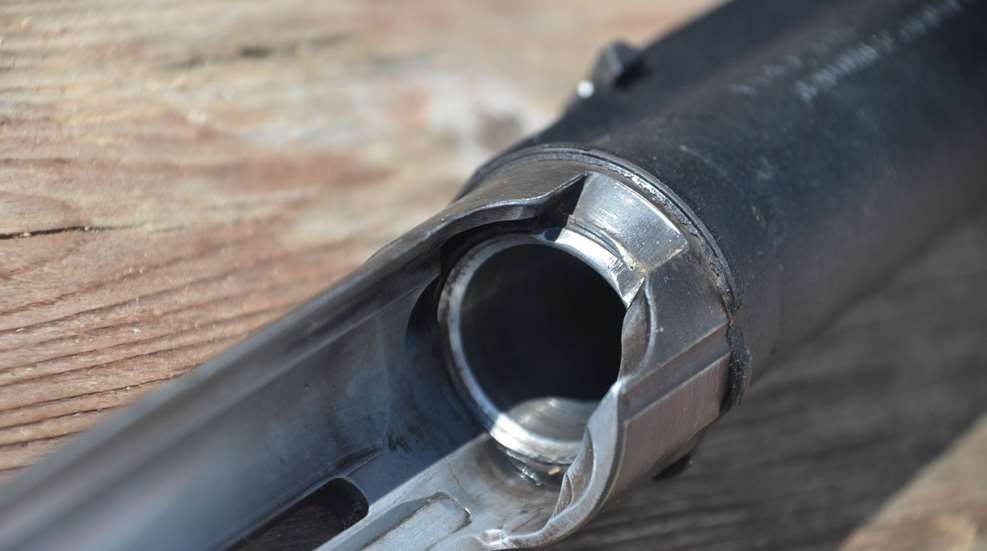
I recently competed in my third IPSC Shotgun World Shoot, and seeing some of the malfunctions that my teammate dealt with, as well as hearing about issues other competitors dealt with, I want to share some of the finer points of preventing malfunctions in a shotgun.

Ammunition Related Malfunctions
First, every serious competitor should own a case gauge for shotgun shells. While certain brands are known for uniformity and quality brass rims, others are not. Gauging each round is a vital step in preventing failures. Attention needs to be given to both the plastic hull and the metal base and rim.

Hulls
The hull should be uniform without any “mushrooming “at the top. After the shot is dropped into the hull and the hull is crimped shut, depending on the material composition of the hull and how full the hull is, it can compress to create a “mushroom” effect. This is fairly normal and you can address it with the uniforming end of a case gauge. It also varies from brand to brand.
Another consideration with the hull is how the loading die crimps the end shut. Some brands are crimped shut with just four “petals,” and that can lead to an almost square shape of the top of the round of ammo. Other brands are crimped with many tiny folds that yield a more concentric shape. That is why choosing a brand that is known for uniformity matters.
Good quality also matters for the metal base and rim. Brands like Winchester use solid brass, which is a preferred material. When you fire the gun, the pressure created in the chamber causes some deforming of the base and rim of a shotgun round. If the metal alloy is too soft, this can cause enough expansion that the extractor can easily slip off the rim and cause a malfunction. Another reason that you want a quality metal base and rim is that the pressure that occurs during firing can also cause the metal rim to rip off on extraction, and the plastic hull remains in the chamber. This is much rarer than the first consideration, but it can happen.
A crisp rim on the base of your round also ensures proper feeding from the magazine tube. On a tube-fed shotgun, a magazine tube full of ammo puts pressure on the shell catch. If the rims are not consistent and crisp, they can slip past the shell catch and out of the tube during recoil, causing a double-feed.
Extractors
Extractors play a vital role in the function of almost every firearm. In a semi-automatic shotgun, they are the piece on your bolt head that looks like a small claw. They should be crisp and sharp, and you do not want any chips or wear that would mean less ability to grasp the rim of the shell, and extract it from the chamber. Proper cleaning is simple as using a pipe cleaner or dental pick to make sure nothing is under the edges of the hook.


The extractor cut is another area that deserves attention. This is the cut in your barrel at the breach end of the chamber where your extractor fits. The edge of this cut is usually quite sharp; many competition gunsmiths will soften that edge. This creates less of a catching point, and reduces the possibility of any rounds that have even a slight mushroom at the top from catching on the extractor cut and feeling to feed.
Magazine Tube Springs
This might be the most vital piece of your shotgun to maintain. Springs wear over time, especially if they are left compressed. Ensuring that you have enough pressure to release a round onto your lifter is a good way to test the strength of your spring.

Maintenance and Cleaning
Many people don’t enjoy cleaning guns. Some like to brag about how many rounds they’ve fired since they cleaned their firearm, as if this is a measure of the gun’s dependability. If you allow a gun to become so dirty that there is a buildup of carbon and oil sludge, this can accumulate in the spaces between parts and that leads to wear and erosion of the tolerances. Essentially it shortens the life of any firearm if you fail to properly maintain it.
In the end, there’s no reason to let your gun leave you crying in frustration. Properly maintain your shotgun, apply due diligence on maintaining it, then choose quality ammunition and inspect it.












